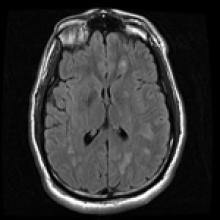October 27, 2022
A 30-year-old man with 2 days of headaches and malaise, is found down by roommate. In the emergency department, he is found to have altered mental status, mutism, fever, tachycardia, hypertension, rigidity, hyperreflexia, and a purpuric rash.







